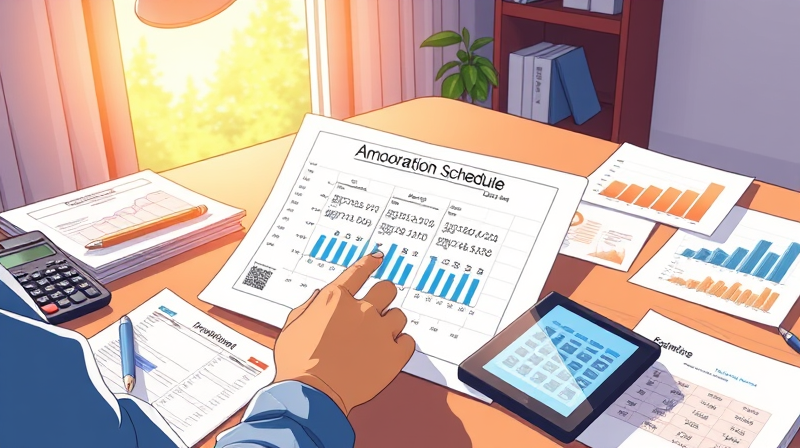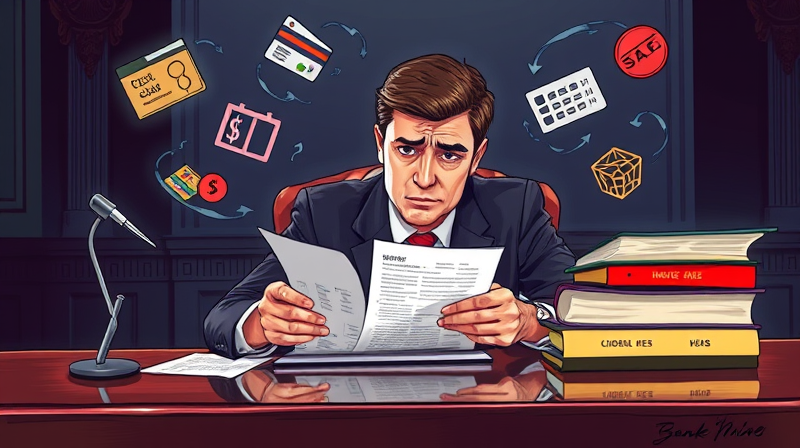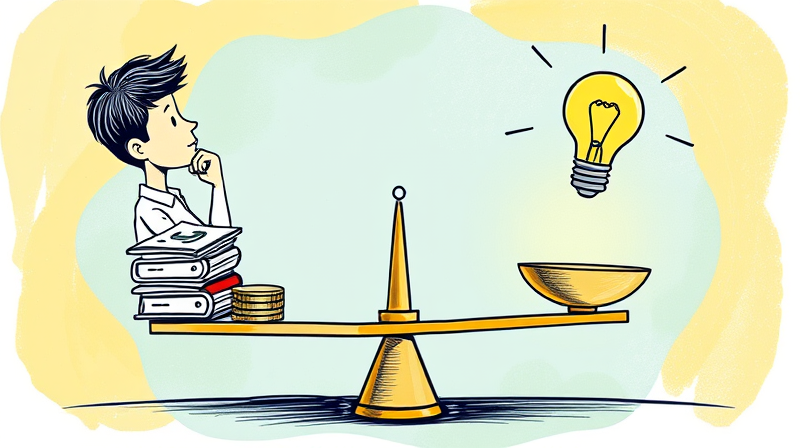
Life can throw unexpected curves, and knowing when to reach for a loan versus pausing to evaluate your options is critical. This guide will help you navigate those decisions with confidence.
In 2025, 37% of U.S. adults tapped into their emergency funds during the past year, using savings for essentials like unplanned expenses or routine bills. Of those, 26% withdrew between $1,000–$2,499, while 15% dipped into savings of $5,000 or more within the same period.
Worryingly, 13% of Americans report having no emergency savings at all—Gen Z leads this with 27%, compared to just 5% of Baby Boomers. Meanwhile, one in three adults has more credit card debt than emergency savings, a figure that, despite slight improvement, remains troubling.
Borrowing should never be your first instinct—but sometimes it’s the only way to cover urgent, non-discretionary expenses. Only 5% of adults would even consider a personal loan for a $1,000 emergency, opting instead for cash, savings, or credit cards.
If you find yourself facing any of these situations, a well-structured emergency loan can bridge the gap. However, weigh the borrowing costs against your need to ensure you’re not trading one crisis for another.
There are several loan options tailored to urgent financial needs, each with its own terms, rates, and approval timelines. Understanding the landscape helps you choose wisely.
Online lenders often approve loans in as little as 24 hours, with funds available within 1–3 business days. Credit unions may offer lower rates, but approval and funding can take longer.
Emergency loans can carry interest rates from 7% up to 36%, with an average APR of around 12.46%. Origination fees typically range from 0%–10% of the loan amount, and additional charges like late payment or NSF fees can inflate your balance.
Borrowers with lower credit scores often face the highest interest rates and fees. Calculate the full cost—including every possible fee—before signing any agreement to avoid unwelcome surprises when payments begin.
Not every urgent expense warrants a loan. If you have some savings, even a small cushion, or can negotiate a payment plan with your provider, you might avoid borrowing altogether.
Pausing to evaluate these options can save you from accumulating high-interest debt at precisely the moment you need relief.
When facing an unexpected bill, run through a simple checklist to decide if borrowing is appropriate or if you should hold off.
If any of these answers give you pause, explore alternatives before committing. Borrow only the minimum amount and for the shortest term to keep costs down.
Emergency loans are a tool, not a safety net. Building a robust emergency fund and improving credit can reduce the need to borrow in the future and secure more favorable loan terms.
Start by setting aside a small amount each paycheck, automating transfers to a separate savings account. Even saving $25 weekly can grow into a reliable financial buffer over time. Equally important is working on your credit score: pay on time, reduce high-interest balances, and avoid taking on new debts unnecessarily.
By following these strategies, you’ll be better prepared for life’s uncertainties and reduce reliance on high-cost borrowing.
Emergencies are stressful enough without adding a debt burden you can’t manage. By understanding your options, weighing costs, and implementing alternatives, you can make borrowing a strategic choice rather than a last-ditch scramble.
Remember that pausing to evaluate your situation and building an emergency financial safety net are equally powerful steps toward long-term stability and peace of mind.
References













